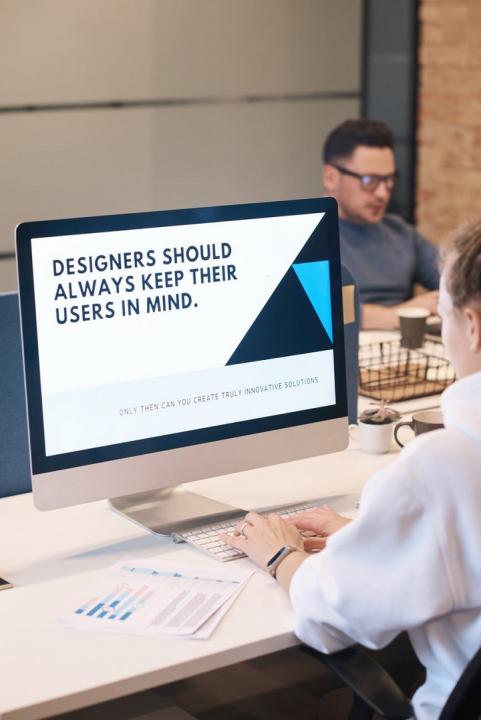
By Tommy McClean, Lead UX Designer at Bazaarvoice
It’s an exciting time to be part of the tech industry! With the fourth industrial revolution a hair’s breadth away, our lives are becoming more and more digital. Artificial intelligence, robotics and biotechnology are rising up as the leaders of this transformation.
Every day new products enter the market and they promise to make our lives easier, faster and more fulfilled. But nine times out of ten, they don’t live up to those bold claims.
A product failing is nothing new, but what can we do in this new digital age to reduce that risk? Well, all industrial revolutions have been powered by human need and the fourth industrial revolution will be no different. As we go forward into the great unknown it is more important than ever to put the people that we serve at the centre of what we do.
I have no doubt that the unprecedented situation we all find ourselves in at the moment, with the world effectively on lockdown and millions more people working from home than ever before, will lead to new product innovations that respond to the new needs people discover they have.

But in a world where anything is possible, we must not build something simply because we can, we must build something because we should. Human-centered design can help us figure out if we should invest time and money building something. It provides us with an insight into the people who will use our product and determine if it is desirable. It also forces us to consider if a solution is feasible and viable.
The process should start by asking what do people desire, then move to what’s technically possible, and finally, what is financially viable?
It’s easy to stay in our lane and only consider what we feel is important to our discipline. Product and UX might only look at what users desire, while development focuses on what is technically feasible and management on what is financially viable. But, if everyone is pulling in different directions, with different agendas and goals the only real outcome will be failure. Human-centred design facilities align through mutual consent providing a better chance of success.
What separates human-centered design from user-centered design is that it involves everyone who touches the product during its creation and later in its use – the whole business is considered in the process. This takes place over three phases, inspiration, ideation and implementation. A rich toolkit of design thinking techniques is leveraged at each stage.
An example of a human-centred design approach
Stage 1: Inspiration
During the ‘inspiration stage’ you will try to learn as much as you can about the people you are designing your product for.
Possible methods:Frame Your Design Challenge, The Five Whys, Define Your Audience.
Stage 2: Ideation
At the ‘ideation stage’ you take what you have learned and try to make sense of it. Identifying any opportunities and roughly prototype any possible solutions.
Possible methods: How Might We, Business Model Canvas, Find Themes.
Stage 3: Implementation
The Implementation Stage is where you will bring your solution to life and then bring your product to market.
Possible methods: Define Success, Live Prototyping, Keep Getting Feedback.

Sounds easy, but it’s not. It requires a huge shift in organisational thinking. It needs balanced teams that are highly engaged, strong communication and constant consideration for everyone involved. These are all very human qualities that have somehow got lost in the digital age. It is easier to send an email with lots of attachments that are never read and links that are never clicked than to navigate the minefield of human interaction.
As the lines blur between software and humanity, it is more important than ever that we reignite what is innate to us. We need to talk more to a variety of people and do it face-to-face. We need to empathise with them, understand their problems and find the trick of cooperation.
We need to be more human. Human-centered design can help us do that.